Many legal issues that are not yet available or unclear have been listed by the Ministry of Industry and Trade to demonstrate the difficulties in implementing offshore wind power projects.
 |
| Currently, there is no policy mechanism for offshore wind power development and it is unknown when it will be available. Photo: D.T. |
Time passes quietly
On June 12, 2019, the Ministry of Industry and Trade issued Document No. 4148/BCT-DL approving the survey, research and construction investment for the Ke Ga Cape Offshore Wind Power Project. This document is considered by experts as laying the first foundation for the development of the offshore wind energy sector in Vietnam.
Next, when approving the Task of developing the Power Plan VIII in Decision 1264/QD-TTg in October 2019, the Prime Minister requested the Ministry of Industry and Trade to study and propose key solutions on mechanisms and policies for developing the electricity sector, organizing the implementation of the plan, and ensuring sustainable development of the electricity sector.
In the Draft Power Planning Project VIII submitted by the Ministry of Industry and Trade to the Government for the first time in March 2021, more than 60,000 MW were listed in the List of potential offshore wind power projects.
In December 2021, at the Offshore Wind Power Development Workshop for Vietnam's Clean Energy Future, leaders of the Ministry of Industry and Trade said that they had received proposals to develop offshore wind power projects from localities with a listed capacity of up to 129,000 MW.
At that time, the Draft Power Plan VIII expected to develop 5,000 MW of offshore wind power by 2030 and increase to 40,000 MW by 2045. Even if conditions allow, it could grow earlier.
In the bustling atmosphere of rushing to register offshore wind power projects, in June 2022, Ernst & Young Vietnam, on behalf of a consulting group sponsored by the British Embassy in Vietnam, released a report on 19 risks to be aware of during the implementation of offshore wind power projects. The survey was conducted based on interviews with 3 domestic investors, 2 foreign investors, 5 domestic lenders and 7 international lenders interested in/related to offshore wind power in Vietnam.
The Power Plan VIII approved in May 2023 also set a target of 6,000 MW of offshore wind power by 2030.
However, to actually have a factory is not a simple matter. At this time, the Ministry of Industry and Trade has sent a report to the Government on the Project of Pilot Research on Developing Offshore Wind Power to Serve Domestic Electricity Demand. In the report, the Ministry of Industry and Trade lists many issues that need to be consulted, as well as policies that need to be developed to develop offshore wind power, which means it will take a lot of time.
Thus, after about 5 years since offshore wind power caught the eye of investors and had concrete steps of implementation in practice, the policy mechanism to develop this power source is still not available and it is unknown when it will be available. This makes the target of having 6,000 MW of offshore wind power by 2030 set out in the Power Plan VIII become distant and does not help electricity to move forward as desired.
Need to clarify unclear points
Besides the fact that Vietnam does not have a complete and accurate database on wind speed surveys and wind potential in each region, each locality, as well as the whole country and the current status of terrain and seabed depth, the report of the Ministry of Industry and Trade also lists many obstacles and the need to perfect legal regulations for offshore wind power in Vietnam.
 Current law does not clearly state whether offshore wind power projects use land. If they are not considered to use land, the project may not be subject to the 2023 Law on Bidding and may not be subject to investor approval under the 2020 Investment Law.
Current law does not clearly state whether offshore wind power projects use land. If they are not considered to use land, the project may not be subject to the 2023 Law on Bidding and may not be subject to investor approval under the 2020 Investment Law. 
It is worth noting that these issues have been raised by investors and other parties interested in offshore wind power in Vietnam for a long time and that the Government plays an extremely important role and needs to take actions to address the concerns of investors, as well as domestic and international lenders, and to minimize their risks associated with the development and financing of offshore wind power projects.
Looking at the Offshore Wind Power Development Project of the Ministry of Industry and Trade, even the concept and regulations on “offshore wind power” are still not unified and are recommended to be clarified. Regarding planning, the National Marine Spatial Planning and the Marine Economic Development Planning have not yet been approved, so there is a lack of legal basis for implementing offshore wind power projects.
The Ministry of Industry and Trade also said that it is currently unclear whether the authority to approve investment policies for offshore wind power projects is the National Assembly, the Prime Minister, or local People's Committees. Vietnamese law has not yet specifically regulated and has not yet published specific conditions for market access for foreign investors applicable to offshore wind power projects. In addition, there are countless issues listed by the Ministry of Industry and Trade that "need to be clarified" with the goal of implementing offshore wind power projects.
Talking to reporters of Dau Tu Newspaper, some investors with projects in the energy industry and financial experts interested in this field shared the same opinion that we must wait for the authorities to clarify all the unclear issues raised by the Ministry of Industry and Trade in the Offshore Wind Power Development Project before we can know how we will be able to participate in the development of offshore wind power projects.
Because there are too many issues to implement offshore wind power projects that have not been specified in policies and mechanisms, the Ministry of Industry and Trade believes that selecting international investors to implement pilot projects may have many unforeseen difficulties and complications.
For domestic private enterprises, according to the assessment of the Ministry of Industry and Trade, it is not advisable to pilot because it has not yet fully assessed the issues of national security and defense and legal problems. Therefore, the Ministry proposed a plan to assign investment to state-owned economic groups, specifically the Vietnam Oil and Gas Group (Petrovietnam), Vietnam Electricity Group (EVN) and enterprises under the Ministry of National Defense.
However, the representative of the Ministry of National Defense proposed not to assign the pilot to units under the Ministry due to capacity and experience requirements. Units of the Ministry of National Defense only participate in some appropriate stages in the project implementation process.
Regarding the option of assigning Petrovietnam or EVN to implement the pilot project, it is also necessary to resolve the problems before it can be assigned. In reality, offshore wind power projects require large capital (about 2.5-3 billion USD for 1,000 MW) and long implementation time (from 6-8 years from the start of the survey), so assigning it to large state-owned energy corporations is also considered by experts to be necessary to do soon. Otherwise, it is unknown when the pilot project will be completed so that lessons can be learned and scaled up, in order to soon have more stable, high-capacity power sources for the economy.
Source: https://baodautu.vn/dien-gio-ngoai-khoi-nhieu-dieu-can-duoc-lam-sang-to-d220952.html








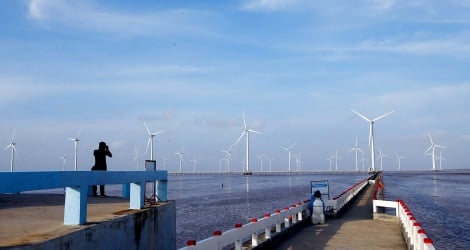

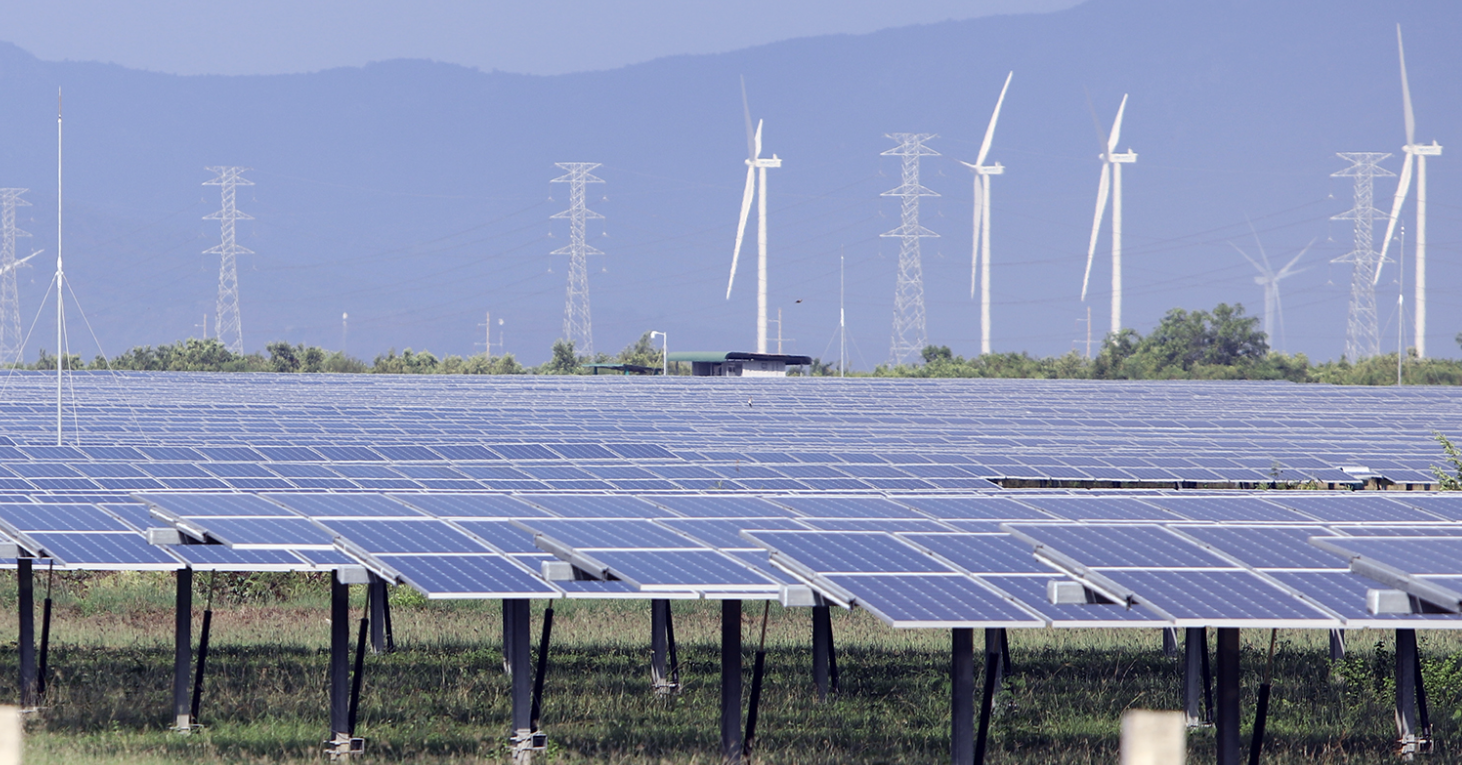



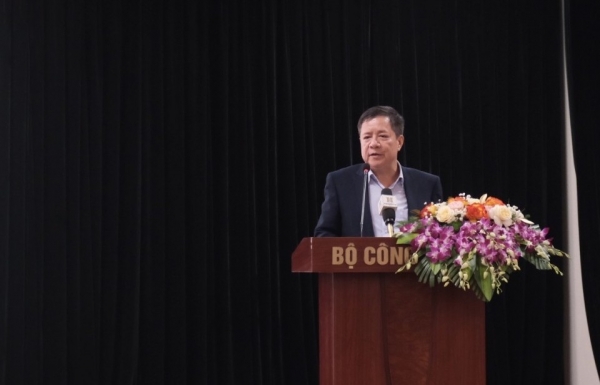

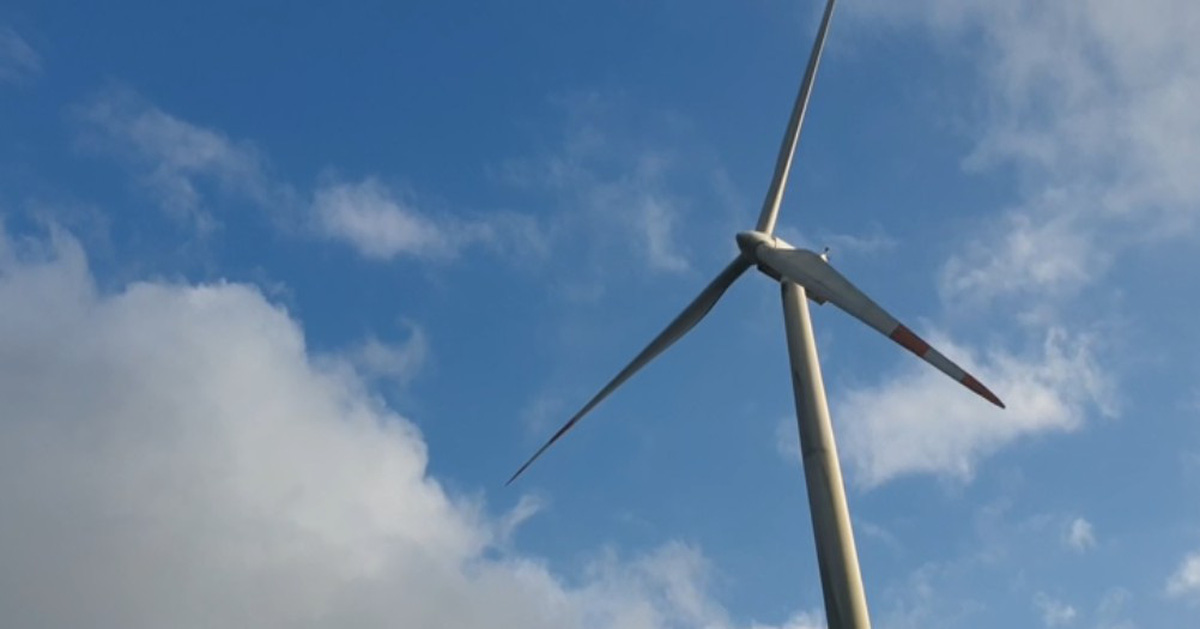
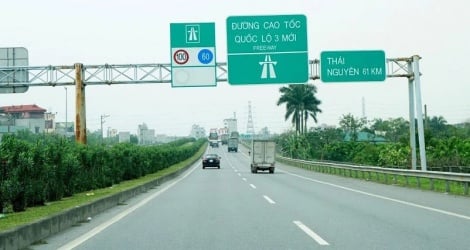
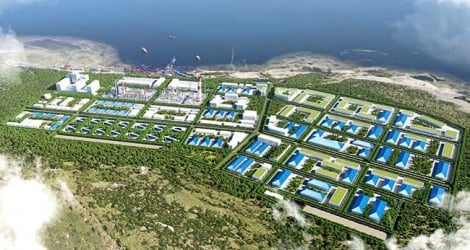
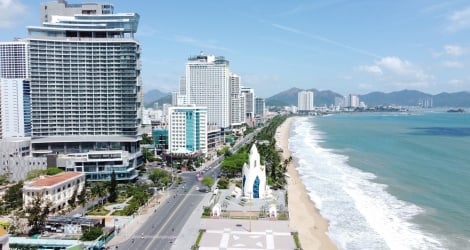
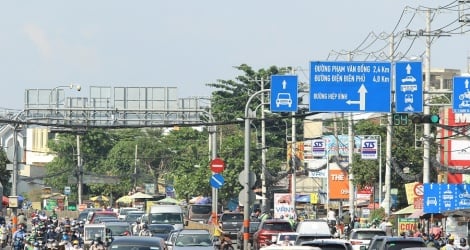
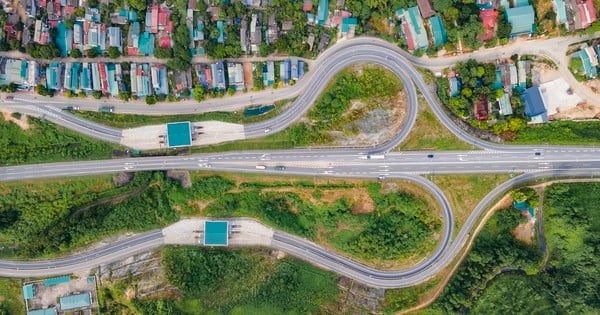


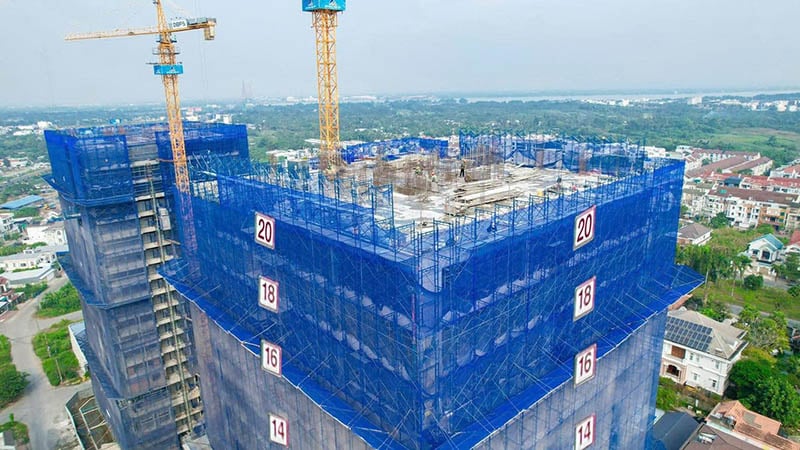













Comment (0)